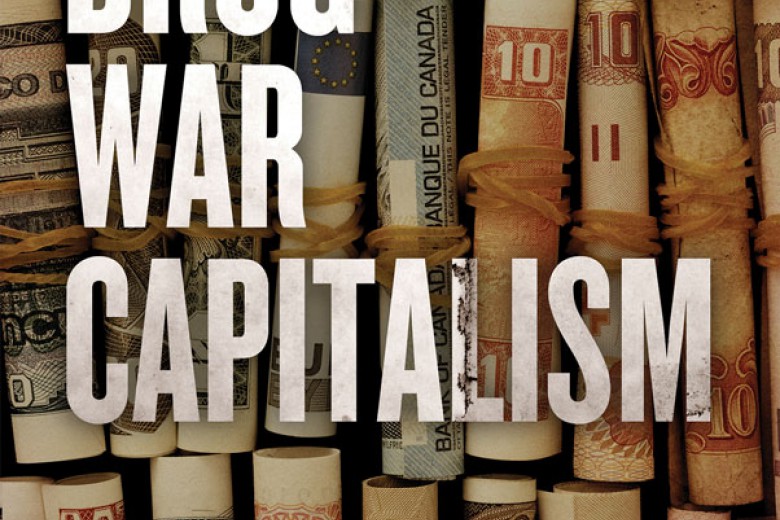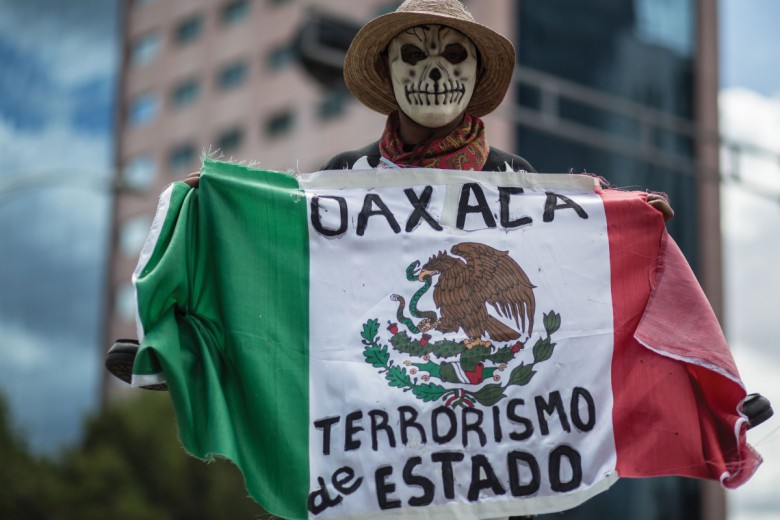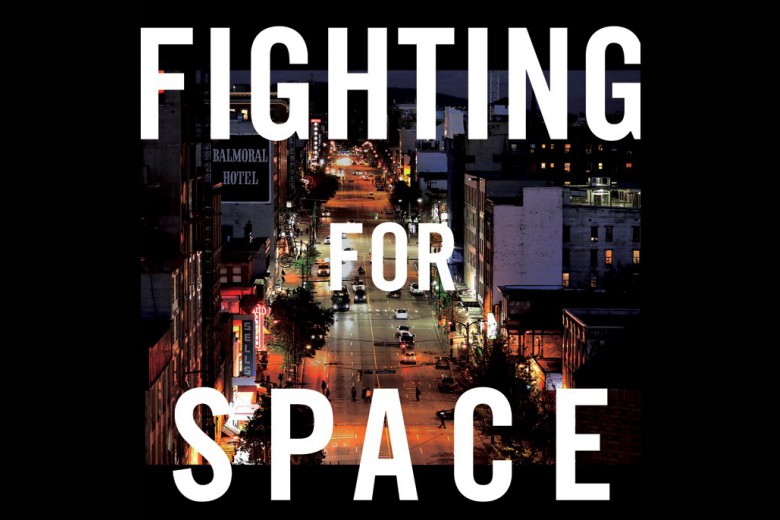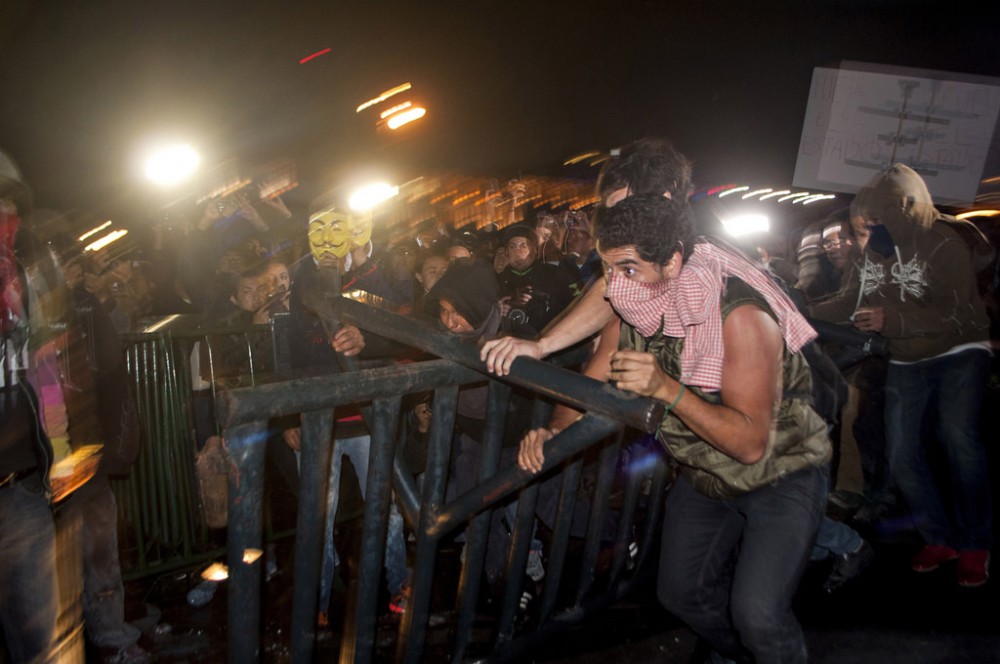
The college students, all 43 of them, were loaded onto cargo trucks. They were then driven to a remote dump near the city of Iguala, some 200 kilometres south of Mexico City, slaughtered and chopped into pieces, their remains lit with gasoline and diesel and incinerated in a pyre of tires, branches, and garbage.
According to Mexico’s attorney general, Jesús Murillo Karam, the fire burned for about 14 hours, from the night of September 26, when the students were rounded up after a police ambush, until the next day’s afternoon. Due to the extreme calcination, many doubt DNA samples will be recovered.
In an hour-long televised presentation on Nov. 7, a sombre Murillo Karam detailed these preliminary findings, including the videotaped confessions from alleged gang members who led investigators to the killing spot, a vast dump where garbage bags containing ashes and bone fragments were eventually found. Teeth fragments among the remains were so charred they turned to powder when touched. As Murillo Karam addressed a stunned nation, the mug shots of three suspects in detention flash on a screen, one bearing the visible signs of a beating on his face.
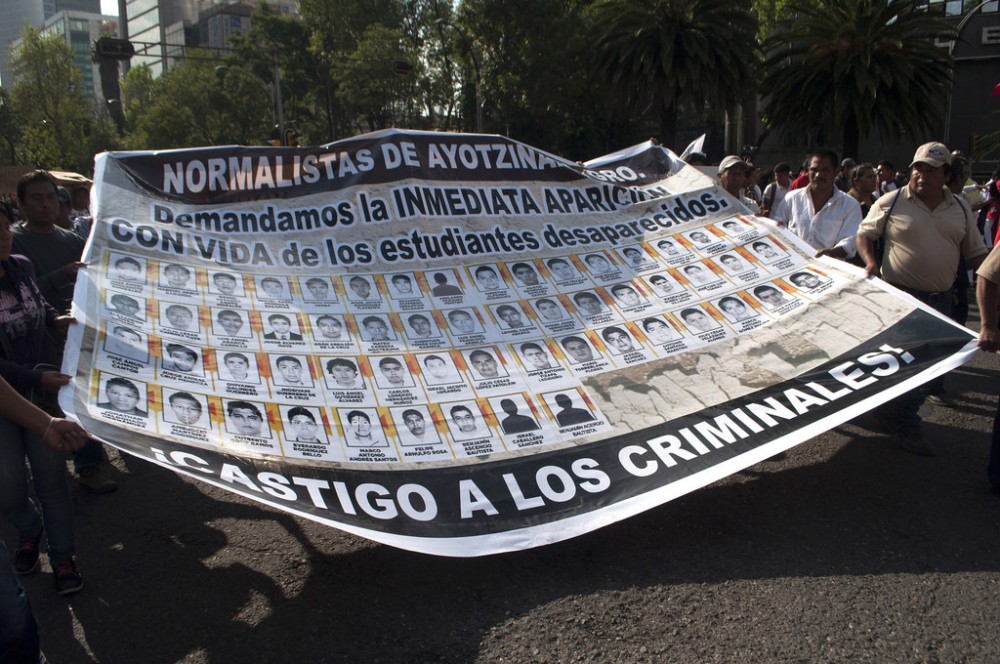
“The testimonies and confessions we have gathered from investigations carried out,” Murillo Karam told reporters, “regrettably, point to the homicide of a large number of people.”
Mexican authorities believe – and several independent witnesses have corroborated this – that the students were intercepted by police in an ambush in which six other people were killed, including one student who had the skin of his face removed, and handed over to a local gang, on orders of then Iguala mayor José Luis Abarca.
When skeptical reporters asked if the case constitutes a state crime, Murillo Karam acknowledged the involvement of the former Iguala mayor and his police force in the disappearances, but cautioned that “a municipality is not the state.”
“This is a typical case of forced disappearance,” he said. “Iguala is not the Mexican state.”
Many were quick to doubt Murillo Karam’s presentation, given that his only supporting evidence appears to be confessions, which, in Mexico, are often extracted through torture and coercion.
“The only way for the drug cartels and local police to be able to operate with such incredible impunity during the Iguala massacre is if they were actively protected by the federal police and the military,” writes professor John Ackerman, who teaches at the Institute for Legal Research at the National Autonomous University of Mexico, in Mexico City.
“This is not just a case of responsibility ‘by omission’ of the federal authorities, but of their active complicity with heinous crimes against humanity.”

For their part, the families of the 43 also questioned the findings, saying they will await a forensic team from Argentina to examine the remains. A search in September unearthed 33 bodies buried in another mass grave near Iguala. However, DNA tests have determined that those remains were not the 43.
On Nov. 9, a committee of six family members toured the site but reported finding no evidence of a large incineration at the dump, raising further doubts over the official version of events.
“We believe they are playing with us, they are playing with our situation,” one father, Felipe de la Cruz, said at a news conference that followed Murillo Karam’s presentation. “And if it’s necessary to talk, we’re going to talk with proof, scientific evidence — we’re not going to be talking about hypotheses.”
Another parent added: “If you have noticed, the outcry is growing, not just in Mexico, but all over the world, because we cannot accept the impunity that is being used to govern Mexico.”
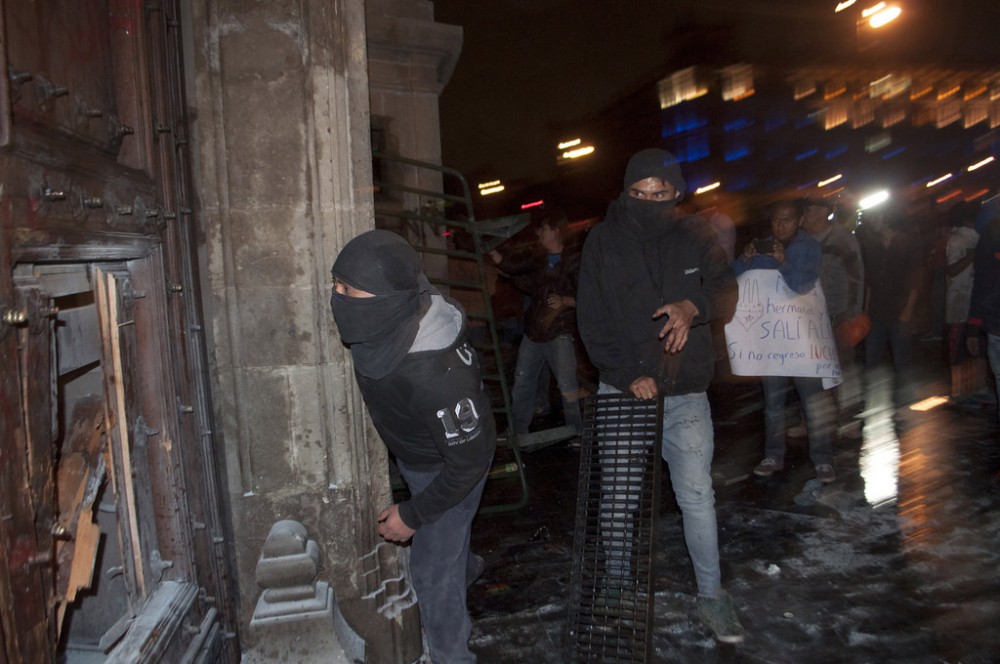
Human rights groups have also questioned the investigation. Amnesty International criticized Murillo Karam for not probing the role of government officials in the suspected killings. The human rights watchdog said the investigation has been limited and is incomplete, with officials failing to challenge the entrenched collusion between the state and organized crime. In fact, the federal government waited ten full days after the kidnappings before opening an investigation.
“The warning signs of corruption and violence have been there for all to see for years, and those that negligently ignored them are themselves complicit in this tragedy,” said Erika Guevara Rosas, Amnesty International’s director for the hemisphere.
For weeks, rumours have swirled in Mexico that many of the students were burned alive in what is thought to have been a political killing. The students were enrolled in a rural teacher training college with a long history of social activism and were on their way to Iguala to disrupt a speech by the mayor’s wife when municipal police ambushed them.
In fact, a report in the news site SinEmbargo, which is based in Mexico City, cites official documents showing that soldiers with the Mexican army, as well as federal police, were present in Iguala the night of the kidnappings, but were on orders not to intervene. There is, in fact, a military base stationed in Iguala.
The massacre has galvanized Mexico, with mass protests sprouting throughout the country and throngs of people chanting Fue el estado (“It was the state”) amid growing calls for the resignation of president Enrique Peña Nieto.
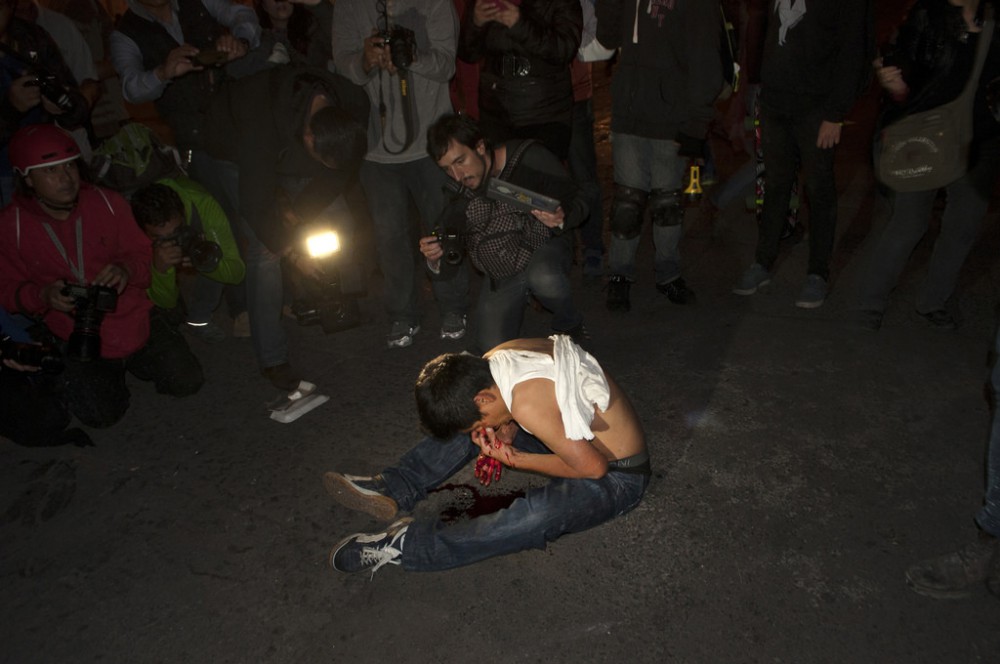
In a sign of the mounting rage enveloping the country, the night of Nov. 8, a group of protesters set fire to the doors of Mexico’s ceremonial house of government, Palacio Nacional, in the capital’s historic centre. Earlier, tens of thousands gathered for a vigil at the Monument of the Angel of Independence, also in Mexico City, where a sign read, in English:
MEXICAN GOVERNMENT IS KILLING THEIR OWN STUDENTS BUT THEY DON’T WANT YOU TO KNOW! ALIVE THEY TOOK THEM, ALIVE WE WANT THEM.
Parents of the kidnapped students shut down Acapulco’s international airport for more than eight hours, on Nov. 11.
All of this in a country where at least 120,000 people have been killed, and another 30,000 are missing, since 2006, the year some 45,000 troops were deployed throughout Mexico to replace local and state police and combat the country’s drug cartels. Through the Merida Initiative of 2008, the United States has financed Mexico’s militarization to the tune of $1.5 billion (USD), with Canada cheering the effort from the sidelines.
Predictably, Mexico’s spending on “public security” jumped to $12 billion in 2011from $1.7 billion in 2005, according to think tank México Evalúa. In 2012, Mexico became the first country in the hemisphere to host a U.S. military attaché. In the past, China and Russia were the only places where these types of military officials had been placed.
Canada’s Role
The role Canada has played in this spiral cannot be understated. In 2008, as the violence in Mexico was spiking to unprecedented levels, the government of Stephen Harper imposed a visa requirement on Mexicans wanting to visit Canada.
Today, Canada’s Refugee Exclusion Act classifies Mexico as “safe,” a designation that makes it virtually impossible for Mexicans fleeing the violence to apply for asylum. Canada “fast-tracks” deportations to what it calls “safe” countries. Adding insult to injury, immigration ministers in Canada have labelled Mexico’s refugee claimants as “bogus,” without supporting evidence.
“One wonders if the Canadian state actually sanctions these killings, behind closed doors, of course,” a Mexican friend living in Montreal recently told me, as we discussed Canada’s position vis-a-vis the so-called Drug War.
“How is Mexico safe? — this is what I want to know — and for whom?”
The reality is that, for the most part, Mexico is completely ignored by Canada’s newspapers and newscasts, unless a Canadian is hurt or killed during their holiday vacation. The question then becomes: how safe is Mexico for Canadians? The larger question – how safe Mexico is for Mexicans? – is never explored, however.
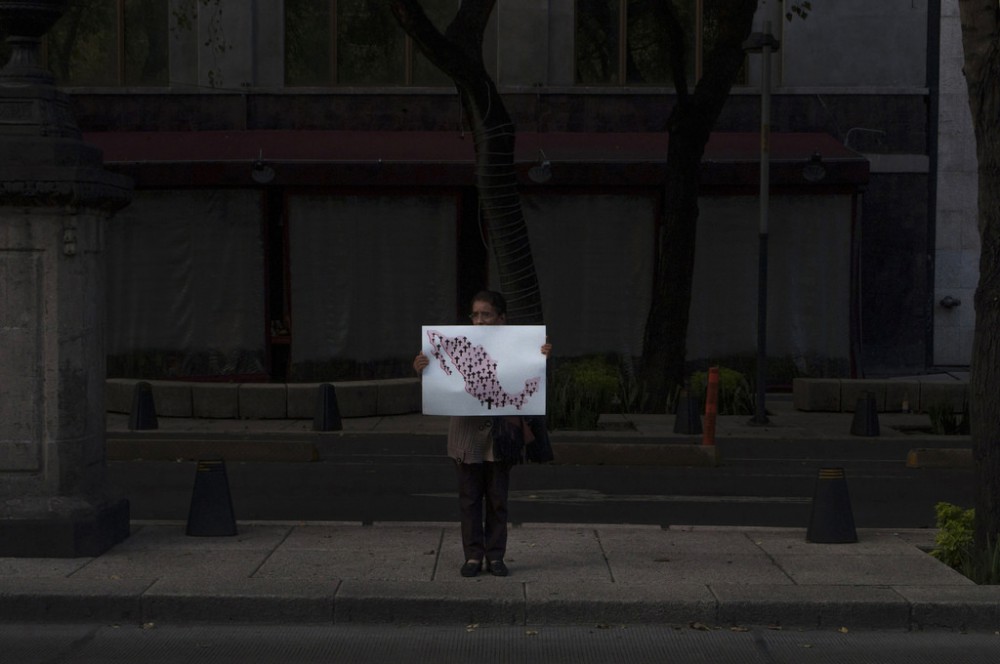
Canadians have continued to flock to Mexico’s beaches and resorts, breaking records for nine consecutive years, a period covering the entire Drug War, and then some. In 2013 alone, Mexico hosted a whopping 1,599,409 visitors from Canada – making it the top tourist destination for Canadians after the U.S., according to official figures.
As professor Derek Gregory, who teaches at the University of British Columbia, argues in a 2011 issue of The Geographical Journal, an alternate interpretation of the militarization of Mexico is that it serves as a “convenient cover for the renewed criminalization of social protest.”
In a rare candid moment, U.S. diplomat Thomas Shannon, former assistant of state for western hemisphere affairs, states the need to protect American projects such as NAFTA as he praises the Merida Initiative, in 2008.
“To a certain extent, we’re armoring NAFTA. We’re trying to show that this $15 trillion economy can be protected against a threat of terrorism and against a threat of natural disasters and environmental and ecological disasters,” Shannon said in a speech in New York to the Council of the Americas.
The massacre has unravelled the current narrative of the Mexican state. Approaching the third year of a six-year term, Peña Nieto has pushed a number of unpopular reforms, under the slogan “Mexico on the Move,” attempting to market the country as a modern entity, open to foreign investment.
In February, in a much lampooned cover story, TIME Magazine positions Peña Nieto as “Saving Mexico.” The story went on to praise Peña Nieto’s unpopular energy reforms, which opened the state-run oil industry to foreign investment for the first time in 75 years, and highlighted Mexico’s appeal as a “hot emerging market” among global investors.
“In the Wall Street investment community, I’d say Mexico is by far the favourite nation just now,” Ruchir Sharma, head of emerging markets at Morgan Stanley, told TIME correspondent Michael Crowley.
Sharma added: “It’s gone from a country people had sort of given up on to becoming a favourite.”

Photos by Tonatiuh Cabello from the series “Mexico is a Great Mass Grave.”



